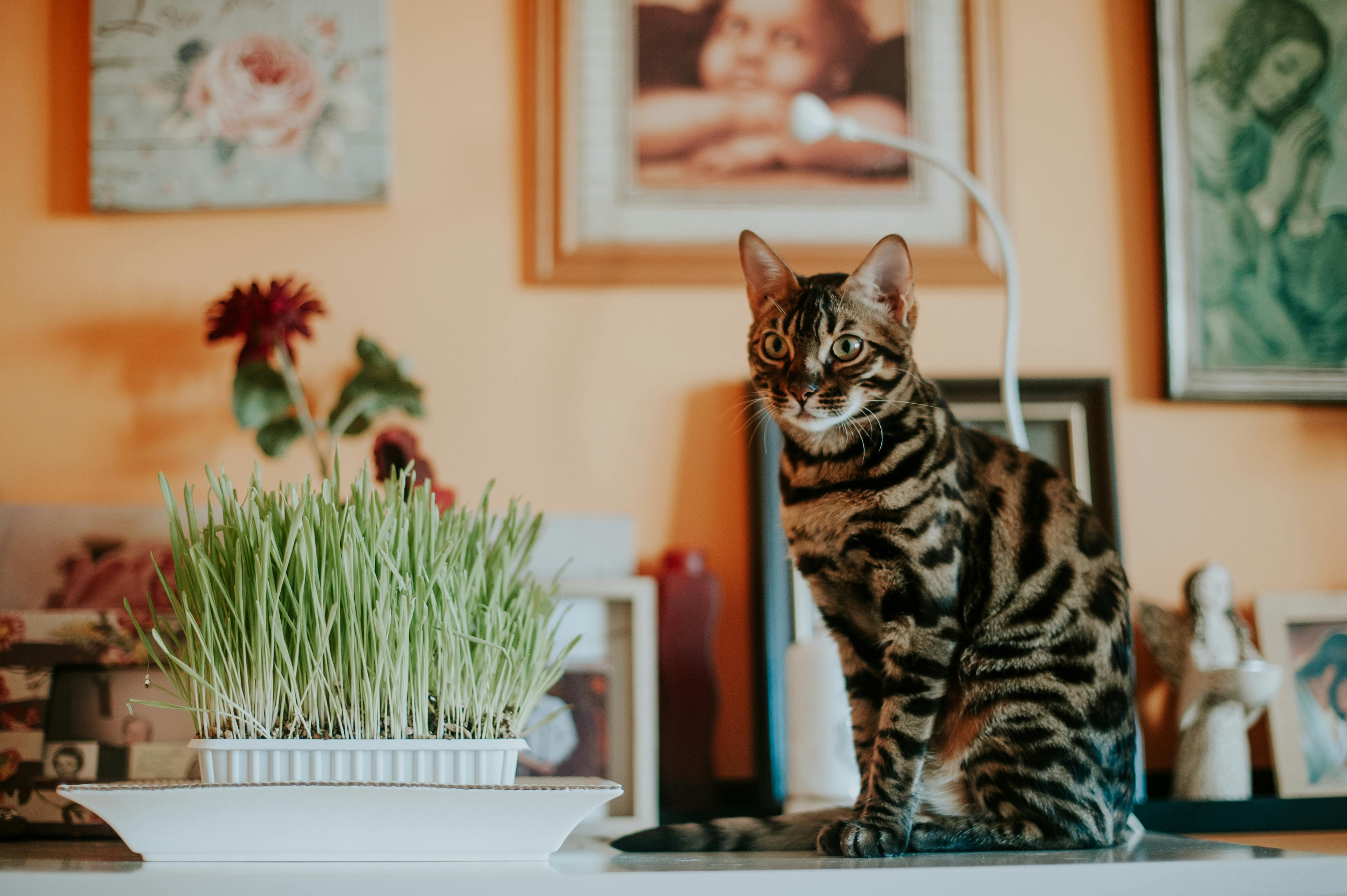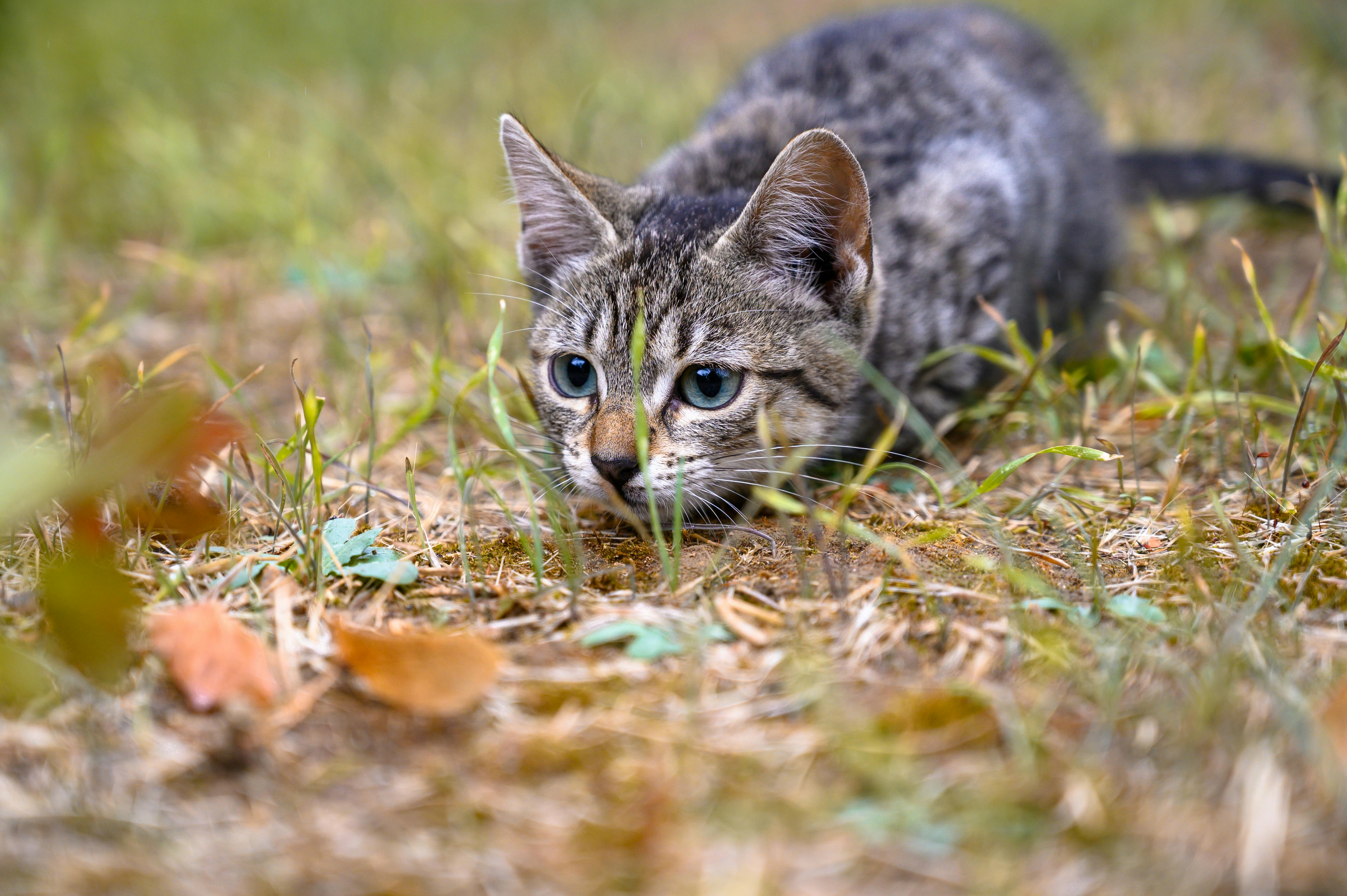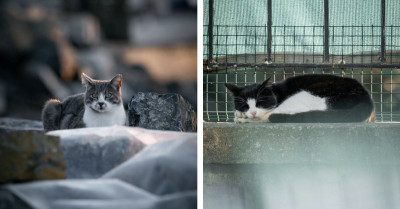Why Cats Knock Things Over And What It Really Means
If you live with a cat, you have probably experienced the familiar sound of something crashing to the floor, followed by the sight of your feline sitting nearby with an innocent or even smug expression.
A water glass, a pen, a potted plant, or a phone left unattended on a counter can all become targets. For many pet parents, it seems as though cats take great delight in knocking objects off surfaces, as if they are mischief-makers with a hidden agenda.
However, behind this playful and sometimes frustrating behavior lies a mix of instinct, curiosity, and learned patterns. Cats are intelligent and observant animals, and everything they do serves a purpose, whether that purpose is to practice their natural hunting skills, get your attention, or simply pass the time.
While it can be tempting to attribute this behavior to pure defiance, behaviorists explain that there are very real reasons why cats swat, bat, and topple items in their environment.
Understanding why cats knock things over can help reduce frustration for owners and improve the bond between people and their pets. By looking deeper into the causes, we can respond in ways that are both practical and supportive of a cat’s natural instincts.
Marilyn Krieger, a certified cat behavior consultant, emphasizes that cats never act without purpose. “Felines don’t do things just to do them. There are always reasons behind cat behaviors, and that includes knocking things over,” she explains.
Instinct At Play
At their core, cats are predators. Moving objects naturally attract their attention, and batting at small items satisfies their hunting instincts.
Pushing items over the edge of a surface mimics the quick swatting motions they would use in the wild to test prey or investigate movement. This instinct is the same one that makes them fascinated with bugs or fast-moving toys.

Learned And Reinforced Behavior
Cats are incredibly observant and quickly learn which actions elicit a reaction from their humans. “Cats are quick learners; it doesn’t take long for them to figure out that when they begin pushing a glass closer to the table’s edge, their favorite people respond and give them attention,” Krieger says.
Whether you laugh, scold, or rush over to clean up, your cat may interpret the response as rewarding. Over time, the behavior can become a way for them to engage with you.
Understanding Feline Behavior
Dr. John Bradshaw, a renowned animal behaviorist and author of 'Cat Sense', explains that cats often knock things over as part of their natural hunting instincts. This behavior mimics the act of batting at prey to gauge its movement and reaction.
Bradshaw notes that particularly curious cats exhibit this tendency as a way to engage with their environment. Encouraging play with appropriate toys can redirect this behavior. Providing interactive experiences can satisfy their urge to explore without causing chaos in your home.
The Role Of Boredom
Another common reason cats push things over is simple boredom. Cats who spend long hours alone or lack stimulating activities will often create their own entertainment.
Knocking over trinkets or glasses may be one of the most exciting events available in their day. From a feline perspective, it is both play and problem-solving rolled into one.

How To Stop Your Cat From Knocking Things Over
Before attempting to change the behavior, Krieger suggests identifying the root cause. Is your cat doing this when you are nearby, or only when you are away? Do they swat at objects more when hungry or seeking attention? Once you spot the pattern, you can address it.
Manage The Environment
Move fragile items to safe spaces, such as cabinets or shelves out of reach. This simple step prevents accidents and reduces the temptation for your cat to play with objects not meant for them.
Provide Enrichment
Offer your cat more engaging alternatives than your water glass or potted plant. Toys, scratching posts, climbing trees, and puzzle feeders can keep them entertained and mentally stimulated. Access to window perches or cat shelves provides both exercise and visual enrichment, allowing them to watch birds or bask in the sun.
Redirect Their Attention
Instead of reacting after your cat has knocked something down, try proactive redirection. Toss toys, hide treats, or initiate play before your cat goes exploring on the table. Encourage them to use cat-safe outlets for their natural instincts, such as batting springs or chasing toys.
A Common But Manageable Behavior
Knocking things over is not unusual for cats. In fact, it is part instinct, part curiosity, and sometimes a call for interaction.
As Krieger explains, understanding the motivation behind the behavior is the first step toward managing it. By enriching their environment and being mindful of your responses, you can reduce the frequency of toppled objects while keeping your cat happy and engaged.
Veterinarian and animal behaviorist, Dr. Sophia Yin, emphasizes that understanding the motivation behind a cat's actions can significantly improve pet-owner relationships. Her work suggests that cats seek attention and stimulation, which may lead to knocking things over.
Creating a stimulating environment with climbing structures or puzzle feeders can satisfy their curiosity and reduce destructive behaviors. Dr. Yin advocates for positive reinforcement techniques, rewarding desired behavior rather than punishing the negative. This approach fosters a happier, more engaged feline companion.
Behavioral Analysis & Pathways Forward
In summary, understanding why cats engage in the playful act of knocking things over can lead to better management strategies for pet owners. Incorporating expert recommendations, such as providing interactive and stimulating environments, can minimize frustration and enhance the bond between cats and their human companions.
By recognizing these behaviors as natural instincts, owners can create a more harmonious living space. Engaging with your cat through play and environmental enrichment not only satisfies their curiosity but also promotes overall well-being.



